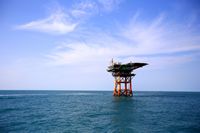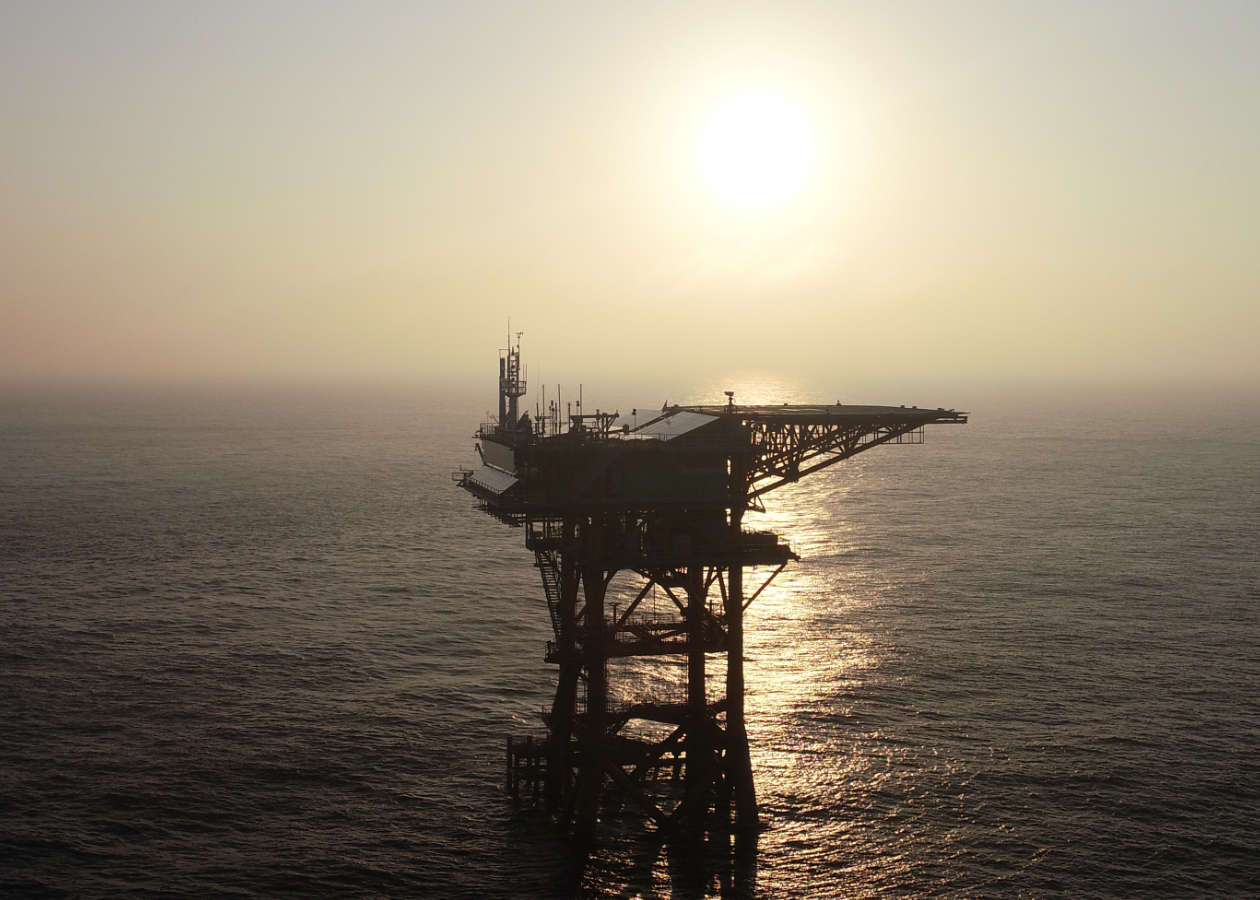The development and safety of the Republic of Korea go as far as the seas.
The Ocean Research Stations contribute to the safety at sea and the development of the Republic of Korea.
Research Results
Research Results from
Ocean Research Stations
Research from
Ocean Research
Stations goes as far
as land, sea and sky.
See all results
-
#R&D of Latest Marine Science and Technology
#Provide Key Data for Global Climate Change research
#Provide Basic Data for Research of Fish & Marine Forecasting
가거초 해양과학기지 구조물 동특성을 이용한 해석모델 개선
-
#Comprehensive Ocean Observation Station
#Provide Key Data for Global Climate Change research
Characterizing the signature of a spatio-temporal wind wave field
Gallery
Photos & Videos
-

Ieodo Ocean Research Station
-

Sinangageocho Ocean Research Station
-

Ongjinsocheongcho Ocean Research Station

Real-time Ocean Research Stations

The Ocean Research Stations contribute to the safety at sea and the development of the Republic of Korea.

The First Unmanned Ocean Research Station in the ROK
Ieodo Ocean Research Station
Sinangageocho Ocean Research Station
Ongjinsocheongcho Ocean Research Station

